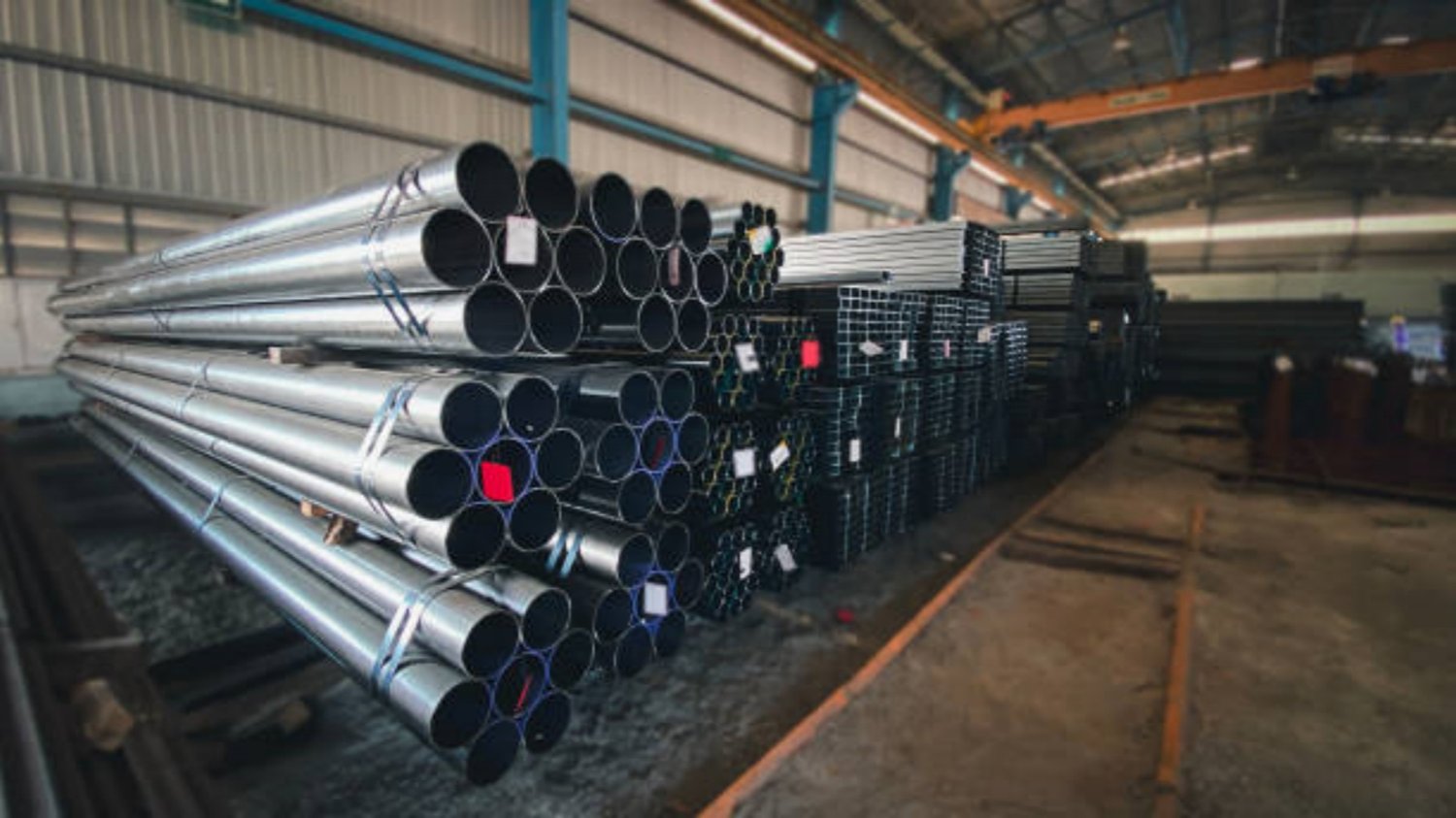The Basics of Clad and Lined Pipe
If you are involved in engineering or construction, you may have encountered the terms 'clad' and 'lined' pipe. While both methods protect the pipe from corrosion and damage, they differ in how they are applied and the materials used. Here, we look at the main differences between clad and lined pipe.
What is Clad Pipe?
Clad pipe is made by bonding two different metals or materials together. The outer layer, or cladding, is typically corrosion-resistant and provides protection against wear and tear. The inner layer, or base material, is often chosen for its strength and durability. The two layers are metallurgically bonded together to create a strong, composite pipe.
What is Lined Pipe?
Lined pipe, on the other hand, involves inserting a liner inside the pipe to create a barrier between the pipe and the fluid being transported. The liner is typically made of a corrosion-resistant material such as PTFE, PVC, or fiberglass. The lining can be applied to the entire length of the pipe, or only to specific areas where corrosion is most likely to occur.
How are Clad and Lined Pipes Applied?
Clad pipe is typically manufactured in a pipe mill and supplied in long lengths. This type of pipe is often used in harsh environments where corrosion and abrasion are common, such as offshore oil rigs and chemical processing plants.
Lined pipe, on the other hand, is often manufactured in shorter lengths and applied in the field. The liners are pre-fabricated to fit the specific diameter and length of the pipe and then inserted using special tools and techniques.
What Materials are Used?
The choice of materials for clad and lined pipes depend on several factors, such as the fluid being transported, the temperature and pressure of the fluid, and the environment in which the pipe will be used.
Cladding materials may include stainless steel, nickel alloys, or titanium, while the base materials may include carbon steel or low-alloy steel.
Lining materials may include PTFE, PVC, or fiberglass, among others. The choice of lining depends on the fluid being transported and the operating conditions of the pipe.
What is the Cost Difference?
The cost of clad and lined pipes varies depending on several factors, including the materials used, the size and length of the pipe, and the complexity of the application.
In general, clad pipe tends to be more expensive than lined pipe due to the complexity of the manufacturing process and the use of specialized equipment. Lined pipe, on the other hand, is often more cost-effective, especially for smaller applications or those with less complex operating conditions.
What are the Advantages of Clad Pipe?
Clad pipe offers several advantages over other types of pipes, including:
- Higher resistance to corrosion, impact, and abrasion
- Longer lifespan in harsh environments
- Increased strength and durability
- Ability to withstand high pressure and temperature conditions
What are the Advantages of Lined Pipe?
Lined pipe also offers several advantages, including:
- Cost-effectiveness for smaller applications
- Easy installation and maintenance
- Increased flow rate due to increased smoothness of the pipe surface
- Resistance to a wide range of chemicals and fluids
What are the Disadvantages of Clad Pipe?
Clad pipe is not without its drawbacks, including:
- Higher cost compared to other types of pipes
- Requires specialized manufacturing equipment and processes
- May be more difficult to install and maintain
What are the Disadvantages of Lined Pipe?
Lined pipe, too, has its drawbacks, such as:
- May not be suitable for high-pressure or high-temperature applications
- Susceptible to damage due to improper installation or handling
Conclusion
While both clad and lined pipes offer protection against corrosion and damage, they differ in the materials used, the manufacturing process, and the cost. Choosing the right type of pipe depends on several factors, including the specific application, the fluid being transported, and the operating conditions of the pipe.

